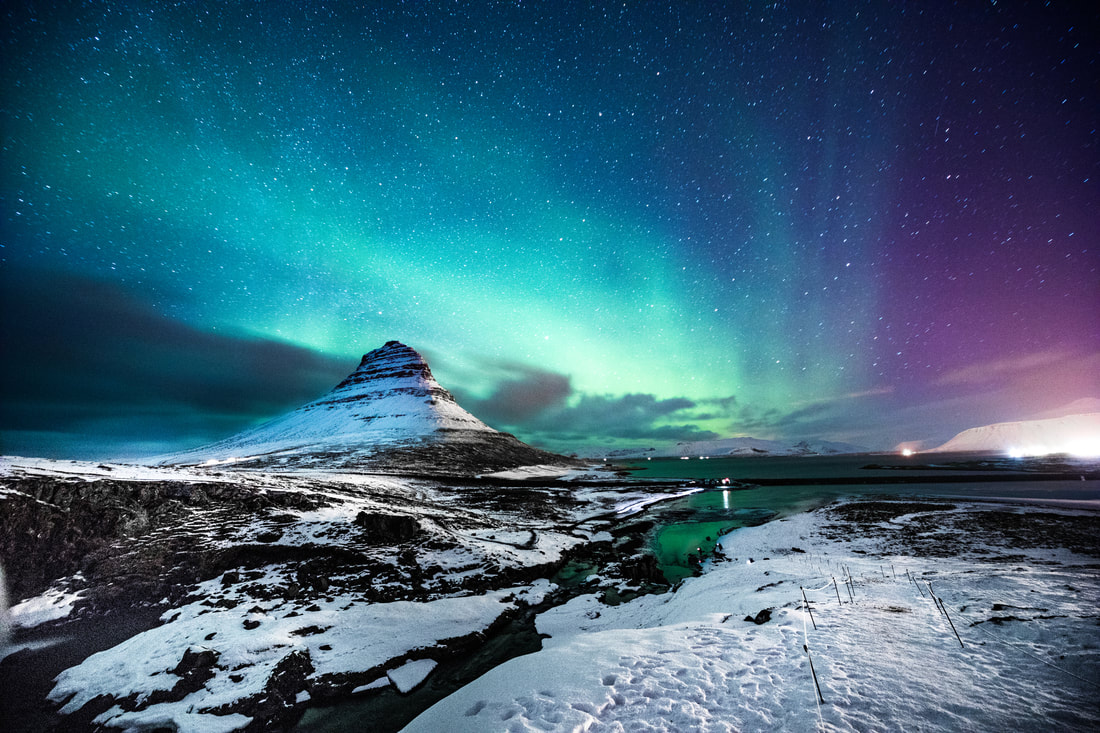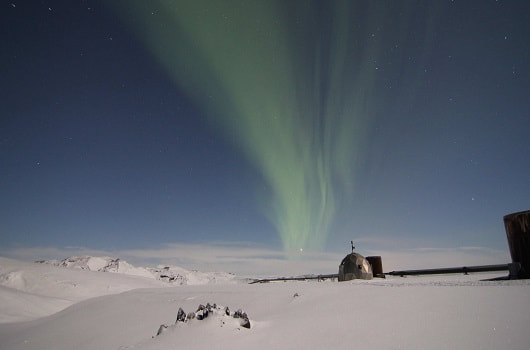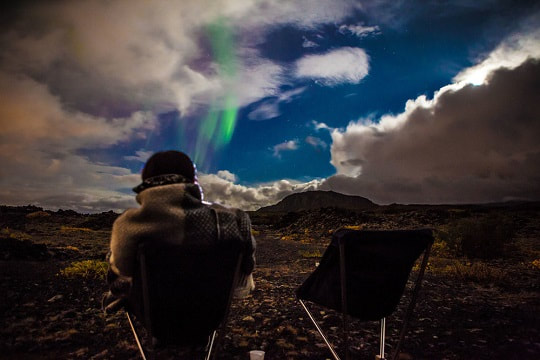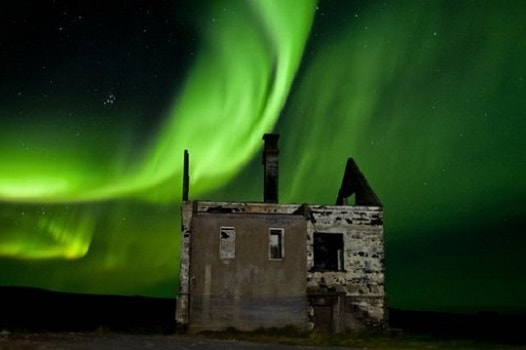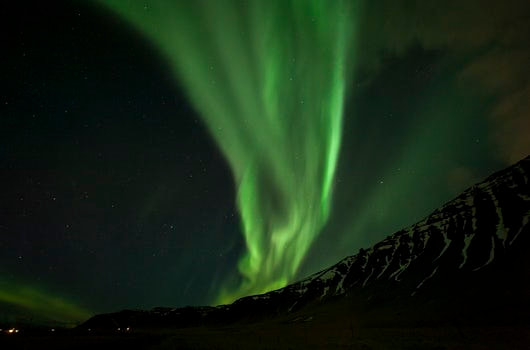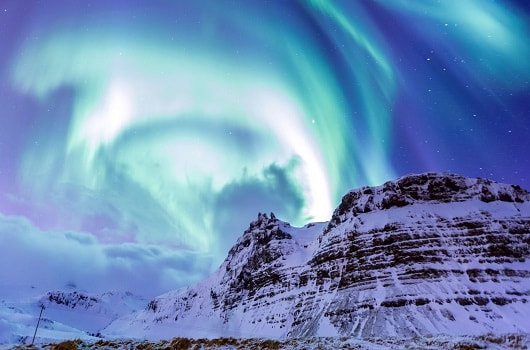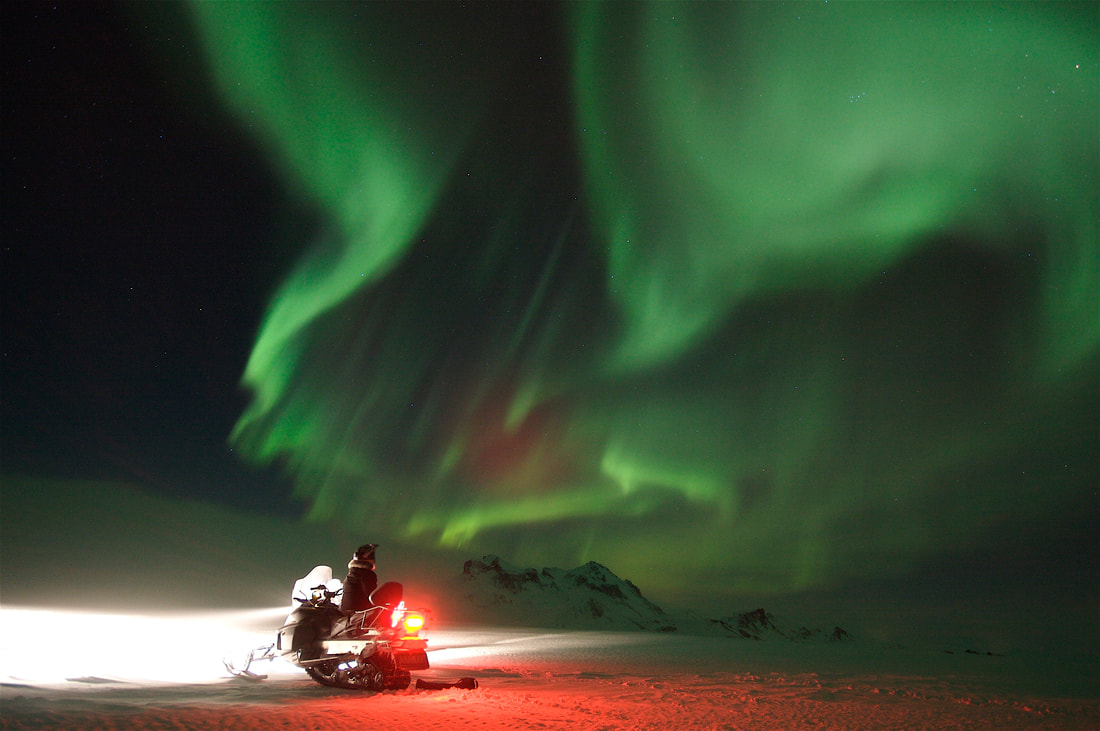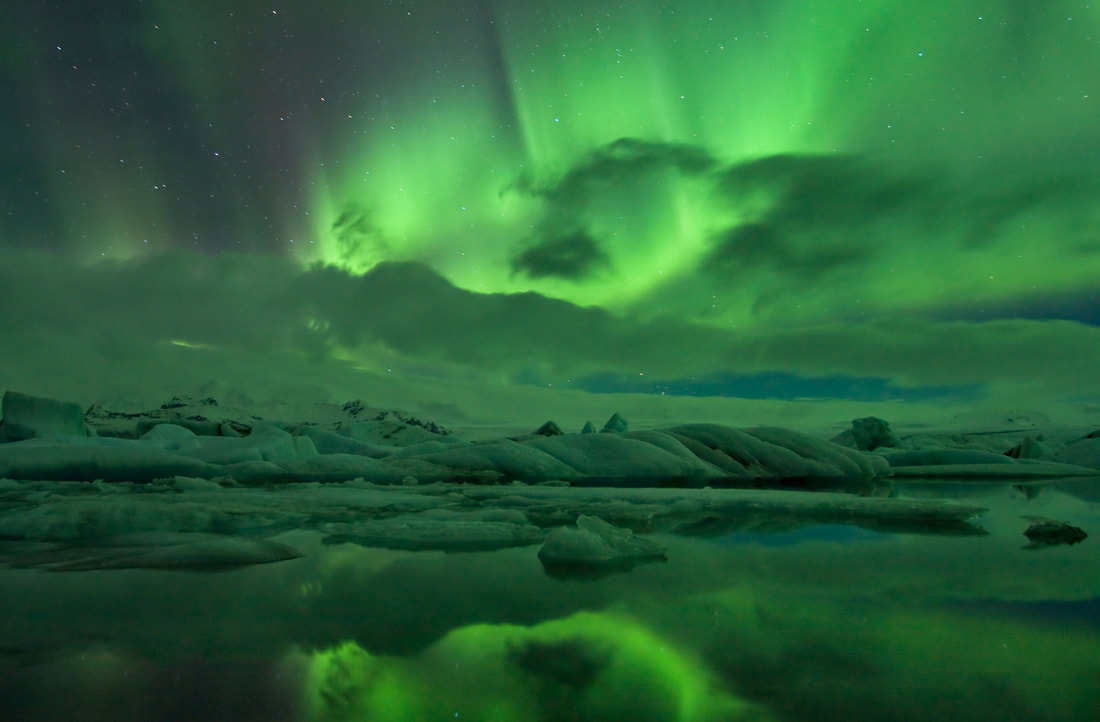Increase your chances of seeing the Northern Lights during your stay in Iceland!
|
Iceland's high latitude makes it a fantastic Northern Lights destination. If you know the conditions to look for, and where to go, then there's no better place to be – whether you're watching the show from a steaming hot tub, or deep in the heart of Icelandic nature.
The northern lights are one of the biggest attraction of Iceland. WHAT ARE THE NORTHERN LIGHTS? The Northern Lights is one of the most beautiful phenomena in nature. Observing the distinctive green and purple lights shimmer in the night sky is a truly special experience, and the perfect highlight to a winter break. The northern lights (sometimes referred to as polar lights, aurora borealis or southern lights) is a natural light display in the Earth's sky. The highest chances to see the northern lights is in the high-latitude regions. Northern Lights Coach Tour
|
WHEN IS THE BEST TIME TO SEE THE NORTHERN LIGHTS IN ICELAND?
It's very difficult to answer this question, but it's often told that the chances of seeing the northern lights depends on four factors: 1. DARKNESS - The darker, the better! The best season to see the northern lights in Iceland is from Mid September to Mid April. Some say that November to February is the best time to see the lights because then it's almost dark 24/7. However, during those months, the weather conditions can be quite poor which decreases the chances of seeing the northern lights. 2.LOCATION - Most of the time, it's best to get away from the city lights - to the countryside. However, sometimes the lights can be seen in Reykjavik, but they need to be very strong to be seen because of the light pollution in the city. Northern Lights Bus Tour with Photography & drinks
|
3. LENGTH OF STAY - The longer you stay, the more likely you are to see the northern lights. To increase the chances of seeing the lights, it's recommended that you stay at least 7 nights in the country. Usually, the northern lights tend to be very active for two to three nights, then low for four to five nights - in ongoing cycles.
4.WEATHER - This factor is really important, but the most important one is clear skies. When the skies in Iceland are clear, it often means that it's pretty cold (temperature below freezing) which increases the chances of seeing the lights. Northern Lights Snowmobile Tour
|
